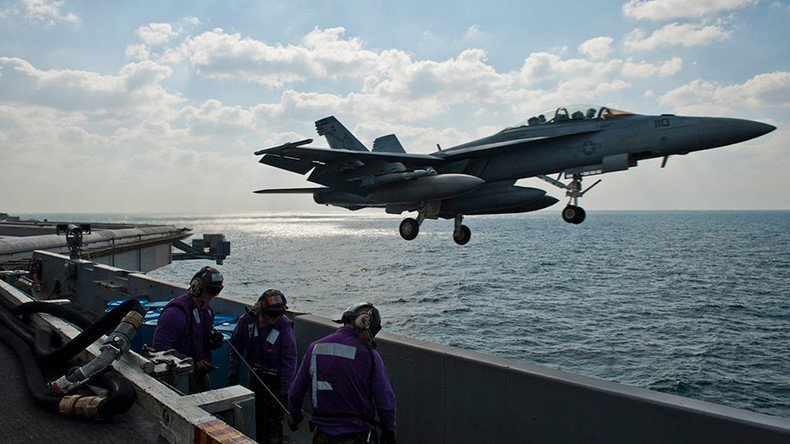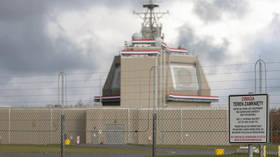US Air Force already conducted 200 more Afghanistan strikes in 2016 than all of last year

The number of US airstrikes in Afghanistan this year is already 200 more than that for 2015, as Islamic State expands and the Taliban continues to hold firm. The combat mission has been over since 2014 but the bombardment is only expected to increase, experts say.
Pulling out of Afghanistan was one of the selling points of President Barack Obama’s presidency. He had made the decision to end the costly and resource-draining presence of boots on the ground in 2014, but this was immediately followed by an escalation in hostilities, and Afghanistan has now become America’s longest war.
Furthermore, struggling Afghan forces have been unable to contain the Taliban – which now controls a third of the country, by varying estimates – much less the emerging threat of Islamic State (IS, formerly ISIS/ISIL).
Obama was then pressured to turn to airstrikes again as the prime means of combating the Islamist insurgents, going against earlier restrictions.
Meanwhile, 9,000 US troops are still on Afghan soil, and it’s unknown what their fate will be once a new US president is elected.
This year, 700 airstrikes were conducted between January 1 and October 20, according to military spokesman Brigadier General Charles Cleveland, Reuters reports. Last year the US conducted about 500 airstrikes.
He said the increase in airstrikes “is due to the additional authorities US forces received and due to the Afghan change in strategy to offensive operations.”
"The new authorities have allowed the US to be more proactive and deliberate in supporting this year's Afghan offensive operations and in aggressively targeting [Islamic State],” he told Reuters.
And according to the agency, a group of former US military commanders and ambassadors to Afghanistan wrote in their recommendations in October: "It will be important to ask if the relaxation of rules of engagement that President Obama provided to American/NATO forces in Afghanistan in 2016 should go further, allowing even more substantial use of their airpower against the Taliban."
The airstrike regulations Obama relaxed in June have led to an additional 240 strikes since summer, according to Cleveland. And a furthering of the campaign against IS and Al-Qaeda resulted in 190 and 50 more strikes respectively.













